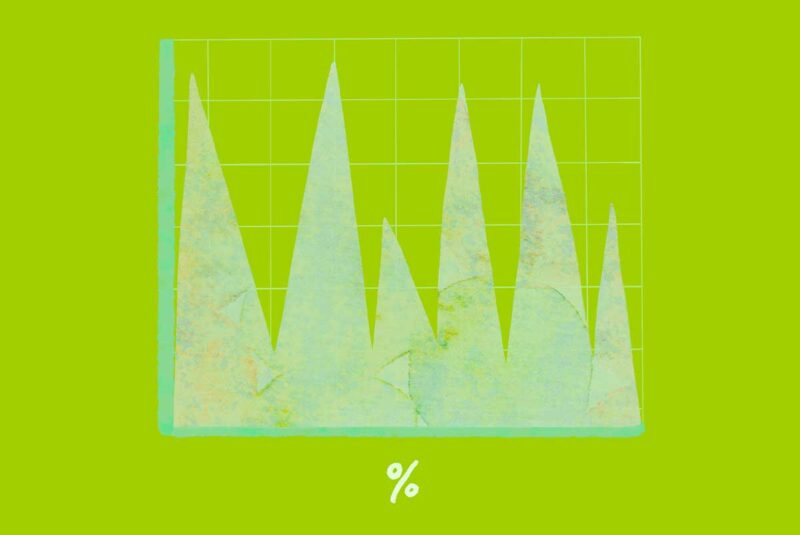In general, early withdrawal of funds from your retirement account is a bad idea. Not only are the withdrawals taxed at your current income rate, but you will also pay a penalty of 10% on the withdrawn amount.
However, there are some financial circumstances where early withdrawal is needed – and if you are in one of those circumstances, consider the 72(t) rule to avoid penalties and minimize the impact. You will still have to pay taxes at your current rate, but at least the penalties will be avoided.
How to Avoid Early Withdrawal Penalties
Rule 72(t) allows you to withdraw funds from your 401(k), IRA, or tax-sheltered annuity prior to the age of 59-½ as long as you set the distributions up as “substantially equal periodic payments”. Details on how to determine your distributions can be found in the IRS document Revenue Ruling 2002-62, but the three methods are summarized below.[1]
- Amortization – Your account balance is amortized over your lifetime using the life expectancy value from the table you choose (see below).
- Annuitization – In this method, your account balance is divided by an annuity factor that is based on an IRS mortality table from Ruling 2002-62.
- Required Minimum Distribution (RMD) – RMD is the easiest method, but it provides the lowest distribution. Your distribution is your account balance divided by your life expectancy from your chosen table. It is recalculated each year (seemingly at odds with “equal periodic payments”, but why argue with the IRS?).
You will need to make two other choices for calculating your distributions:
Interest Rate
You must choose a “reasonable” interest rate for the calculations. The IRS defines a reasonable interest rate as not more than 120% of the Applicable Federal Rate (AFR). You can find this on the IRS website for any given month. Rates are listed in a table of term (short, mid, long) vs. compounding period (annual, semiannual, quarterly, and monthly). You will want to use the mid-term rate (as of April 2014, 120% of mid-term is 2.15%). You can lower the interest rate to whatever you want, but that will lower your payouts, which probably defeats the purpose of why you needed to draw money out in the first place.
Life Expectancy Table
You can choose from one of three IRS tables: Uniform Lifetime and Joint Life Expectancy, which estimates a joint survivorship excluding and including your beneficiary’s age, respectively, and Single Life Expectancy. All three tables are available on the IRS website. With all other things equal, choosing Single Life provides the highest payout.
Follow the Plan
You must take at least five equal increments, or equal increments until you reach age 59-½, whichever is larger. It is important to follow whatever plan you set up at least until you reach the standard 59-½ threshold age. If you modify the payment amounts and timing, not only do you have to pay the 10% penalty, but also it is retroactive on all distributions you have taken to that point.
There is one exception – you can make a one-time change from the Amortization or Annuity method to Required Distribution. This allows you to minimize the damage in case of a large loss in your retirement balance, and keep you from depleting your account too soon.
Test it Out First
There are online calculators available to help you test scenarios of your distributions and the subsequent effect on your balance. Keep in mind these are estimates because they cannot predict how much your account will grow (or unfortunately, shrink). We suggest you use them and run multiple scenarios – because no matter what you need the money for now, drawing from the account early runs the risk of depleting it in your later years, when you typically need it the most.
Use the 72(t) path if you need to, but make sure you have looked at all of your options for both your present and future income needs before proceeding. Due to its complexity, you may want to consult with a professional so you can get the most out of a bad situation.
The Short Version
- Rule 72(t) allows you to withdraw funds from your 401(k), IRA, or tax-sheltered annuity prior to the age of 59-½ as long as you set the distributions up as "substantially equal periodic payments".
- It is important to follow whatever plan you set up at least until you reach the standard 59-½ threshold age.
Internal Revenue Service. “Substantially Equal Periodic Payments.” Retrieved December 2021 from https://www.irs.gov/retirement-plans/substantially-equal-periodic-payments




